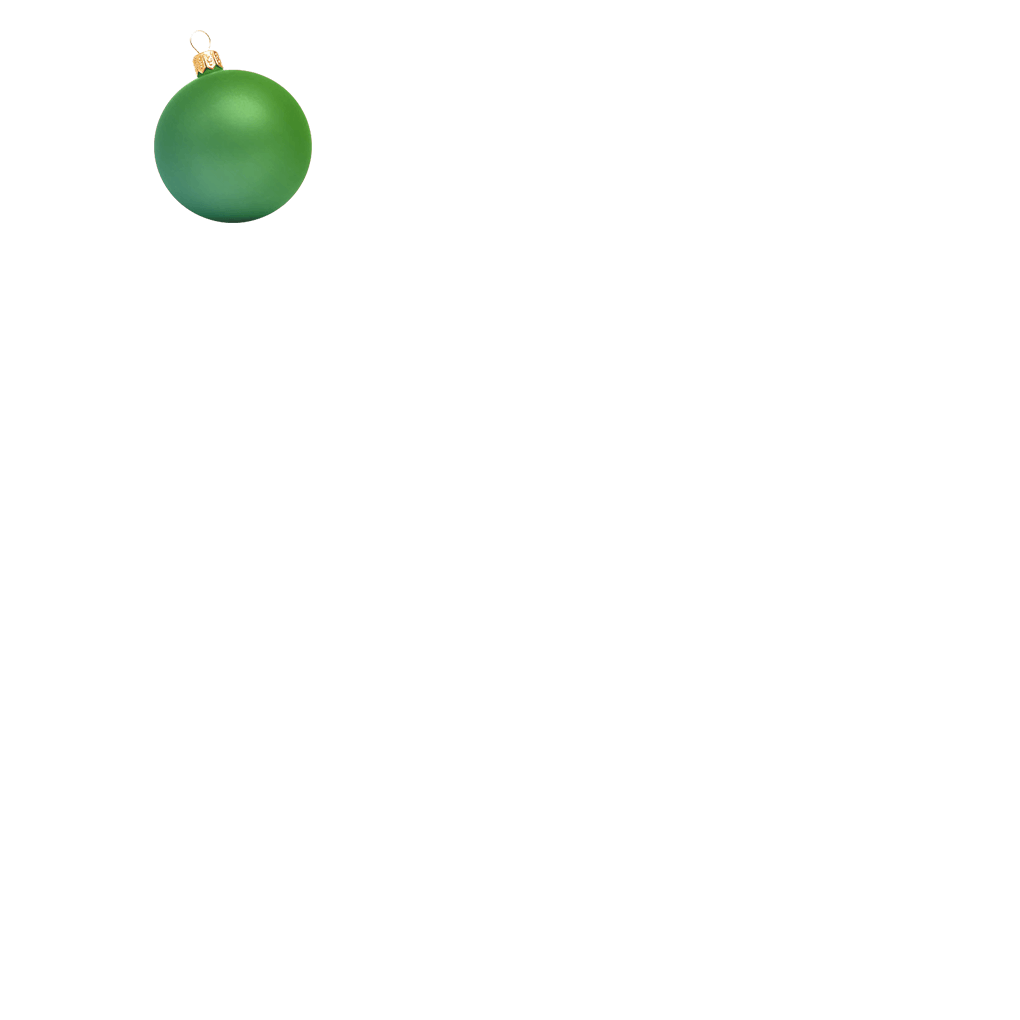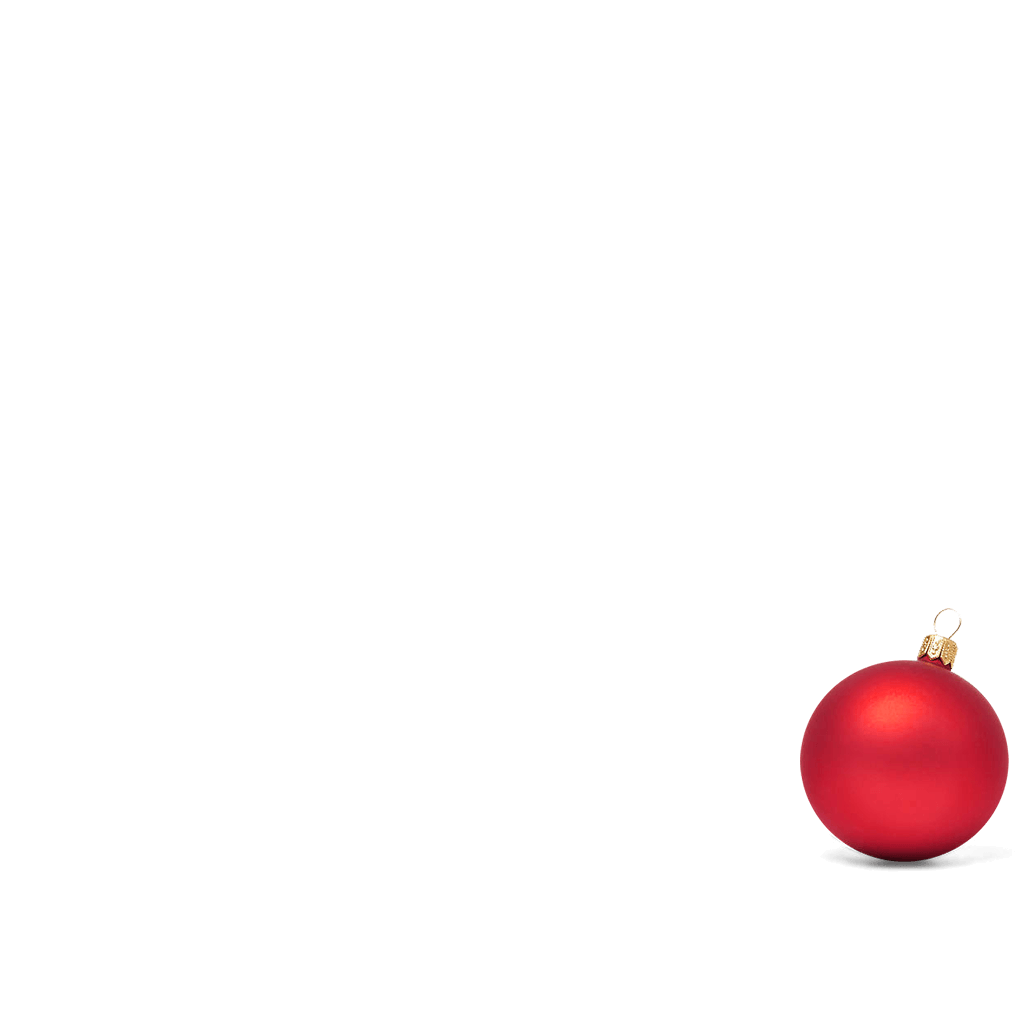Publications
Scholarly Journals--Published
- Chan A, Tan R, Tan S, Kuhn MA, Shwaish NS, Chinnock R, Tran H, Frandsen EL. Low absolute lymphocyte count associated with anti-thymocyte globulin induction may be a predictor of early cytomegalovirus infection in pediatric heart transplantation. Pediatr Transplant. 2025;29(5):e70136. doi: 10.1111/petr.70136. PMID: 40653624. (08/2025)
- Blackstone W, Malaguit SR, Shwaish NS, Frandsen EF. Contiguous Xp21 deletion involving Duchenne muscular dystrophy and McLeod neuroacanthocytosis syndrome results in rapidly progressive and fatal cardiomyopathy. Cardiology in the Young. 2025 Feb;35(2):358-360. doi: 10.1017/S1047951124036370. PMID: 39749981. (02/2025)
- Edelson JB, Raskin A, Absi M, Adachi I, Aljohani O, Alzubi A, Amdani S, Asante-Korang A, Auerbach S, Bansal N, Bearl D, Boucek K, Butto A, Butts R, Byrnes J, Castleberry C, Conway J, Do N, Dykes J, Friedland-Little J, Greiten L, Henderson H, Hsu D, Jeewa A, Joong A, Khan S, Knoll C, Lantz J, Law S, Lorts A, Maeda K, Martinez H, May L, Mehegan M, Mokshagundam D, Montgomery C, O'Connor M, Parent JJ, Peng DM, Rosenthal DN, Sheybani A, Shezad M, Shugh L, Shwaish NS, Spinner J, Su J, Sutcliffe D, Tunuguntla H, VanderPluym C, Vaughn G, Wallis G, Wilkens S, Zinn M, Niebler R; ACTION collaborators. The ACTION VAD registry: A collective five-year experience. J Heart Lung Transplant. 2025; 44(4): 530-540. doi: 10.1016/j.healun.2025.01.007. PMID: 39827929. (01/2025)
- Kato A, Shwaish NS, Hwang EY, Mandapati R, Lee J. Novel Use of Trametinib for Treatment of Atrial Arrhythmia in Absence of Cardiomyopathy in a patient with Costello Syndrome. Cardiology in the Young. 2024 Dec;34(12):2703-2705. doi: 10.1017/S1047951124036126. PMID: 39757526. (12/2024)
- Niebler RA, Shezad M, Absi M, Alijohani OA, Amdani S, Auerbach S, Bearl DW, Boucek K, Buchholz H, Castleberry C, Dykes J, Engelhardt K, Friedland-Little J, Hope K, Iqbal M, Jeewa A, Joong A, Lorts A, May L, Mokshagundam D, Nandi D, O'Connor M, Parent JJ, Peng DM, Shwaish NS, Shugh SB, VanderPluym C, Vaughn G, Zinn M. Impact of HeartWare ventricular assist device discontinuation on the pediatric population: An Advanced Cardiac Therapies Improving Outcomes Network (ACTION) registry analysis. JHLT Open 2024;4. doi.org/10.1016/j.jhlto.2024.100064. PMID: 40144267. (02/2024)
- O’Connor MJ, Shezad M, Ahmed H, Amdani S, Auerback SR, Bearl DW, Butto A, Byrnes JW, Conway J, Dykes JC, Glass L, Lantz J, Law S, Monge MC, Morales DLS, Parent JJ, Peng DM, Ploutz MS, Puri K, Shugh S, Shwaish NS, VanderPluym CJ, Wilkens S, Wright L, Zinn MD, Lorts A. Expanding Use of the HeartMate 3 Ventricular Assist Device in Pediatric and Adult Patients: A Report from ACTION. J Heart Lung Transplant. 2023; 42(11):1546-1556. doi: 10.1016/j.healun.2023.06.015. PMID: 37419295. (07/2023)
- Shwaish NS, Malloy-Walton L, Feldman K, Teson KM, Watson JS, Yeh HW, White DA. Heart rate recovery following exercise testing in pediatric patients with acyanotic repaired congenital heart disease. Pediatric Cardiology. 2022;43(4):790-795. doi: 10.1007/s00246-021-02788-7. PMID: 34981139. Attenuated heart rate recovery (HRR) following peak exercise has been shown to be a predictor of mortality in populations of adults with Fontan palliation, coronary artery disease, heart failure, and heart transplantation. However, few have studied HRR in children and adolescents with congenital heart disease (CHD). This case-control study compared HRR patterns from exercise stress testing in children and adolescents with and without repaired acyanotic CHD (raCHD). Retrospective analysis included patients aged 10–18 years who had exercise testing between 2007 and 2017. The raCHD cohort included patients with Tetralogy of Fallot, transposition of the great arteries, coarctation, truncus arteriosus, atrioventricular septal defect, pulmonary outfow obstruction, aortic stenosis and/or insufficiency, or septal defects. Those in the control cohort were matched for age, sex, BMI, peak METs achieved, and peak heart rate (HR). HR at 1-min intervals throughout the 10-min recovery period and HRR patterns were analyzed. The study included n=584 individuals (raCHD: n=146), median age 14 years old, 67.1% male. The cohorts had similar resting and peak HRs. Linear mixed-efects models (LMM) suggested statistically signifcant cohort-by-time interaction for HR in exercise recovery, with the largest mean diference at minute-6 (2.9 bpm, p=0.008). When comparing lesion types, LMM found no cohort or cohort-by-time interaction. While minute-6 of exercise recovery was statistically signifcant, the diference was 2.9 bpm and may not have clinical signifcance. These results suggest that HRR in pediatric raCHD patients should not vary from their healthy peers, and an attenuated HRR may not be directly attributed to underlying raCHD. (01/2022)
- Martin NS, Kane T. Congenital Cricopharyngeal Achalasia in a 4.5-year-old managed by cervical myotomy: A case report. International Journal of Pediatric Otorhinolaryngology. 2011;75(2):289-92. doi: 10.1016/j.ijporl.2010.11.013. PMID: 21131062. Congenital cricopharyngeal achalasia (CCA) is a rare disorder in children characterized by inappropriate contraction of the cricopharyngeus muscle, resulting in the inability to relax the upper esophageal sphincter during deglutition. We report the diagnostic process and management of a relatively older patient who underwent cricopharyngeal myotomy at the age of 4.5 years. Methods: A retrospective review of the case and clinical follow-up was performed. Results: This young patient had a long history of dysphagia, choking, nasal reflux and recurrent pneumonia and croup since birth and was diagnosed with CCA at 22 months of age. She underwent balloon dilation of the cricopharyngeus muscle shortly thereafter with only transient relief of her symptoms of feeding difficulty (choking and aspiration). The parents were reluctant for her to undergo further interventions until 2 years later when they consented to cricopharyngeal myotomy. She underwent transcervical myotomy at age 4.5 years and had complete relief of her symptoms. She had no post-operative complications and has done well for nearly 12 months following myotomy. Discussion: Our patient is one of the oldest children reported to have undergone myotomy, recovered quickly, and had no difficulty swallowing at any time following surgery. We suggest transcervical cricopharyngeal myotomy as the preferred treatment due to its lasting effects and repeated success in relieving dysphagia in young patients with CCA. (09/2010)
- Cluss M, Laws K, Martin NS, and Nowicki TS. The indirect measurement of biomechanical forces in the moving human body. American Journal of Physics. 2006;74(2):102-108. doi: https://doi.org/10.1119/1.2149868. Inexpensive experimental techniques now exist for indirectly measuring forces within the moving human body. These techniques involve nontrivial applications of basic physical principles, have practical uses, and are appropriate for undergraduate experimentation. A two-dimensional video motion analysis is used to find the accelerations of various parts of the body, and anatomical geometry is used to determine specific biomechanical forces and torques. The simple movement of a dancer landing from a vertical jump is analyzed through the use of a theoretical model of the leg to find the forces in the tendons attached to the knee. It is shown that these forces can be sufficiently large to lead to injury if jumps are performed repetitively. (11/2005)
Abstract
- Kato SA, Lee J, Shwaish NS. "Treatment of Atrial Arrhythmia in Absence of Cardiomyopathy in a Patient with Costello Syndrome using Trametinib." Poster Presentation: CHOP Cardiology Conference 2024. Scottsdale, AZ. 2/15/2024. (02/2024)
- Shwaish NS, Frandsen EL, Kirklin J, Cantor R, Zhao H, Simmonds J, Knecht K, Wilkens S, Shea EV, Morrison A, Zuckerman WA. "Chronic corticosteroid immunosuppression in African American pediatric heart transplant recipients does not improve outcomes." Peer-Reviewed Published Abstract: Circulation. 2023;148(1). https://doi.org/10.1161/circ.148.suppl_1.17159 Poster Presentation: American Heart Association Scientific Sessions 2023. Philadelphia, PA. 11/13/2023. (11/2023)
- Frandsen E, Shezad M, Shwaish NS, O’Connor M, Lorts A, Philip J, Bleiweis M, McConnell P, Friedland-Little J. “Size isn’t everything: Survival for very small infants supported by VAD.” Peer-Reviewed Published Abstract: J of Heart and Lung Transplant. 2023;42(4) supplement:S15. doi.org/10.1016/j.healun.2023.02.026. Oral Presentation: 2023 International Society of Heart Lung Transplant Scientific Sessions. Denver, CO. 4/19/2023. (04/2023)
- Frandsen E, Shwaish NS, Bock M, and Gold JA. “Heart transplantation in Mulibrey Nanism: Truly personalized medicine.” Oral Presentation: Recipient of WSPR Reckitt/Mead Johnson Nutrition Junior Faculty Award. 2023 Western Medical Research Conference. Carmel, CA. 1/19/2023. (01/2023)
- Shwaish NS, Runkel B, Malloy-Walton L. “Polymorphic ventricular tachycardia in a pediatric patient: An unusual presentation of acute myocarditis.” Peer-Reviewed Published Abstract: J Am Coll Cardiol. 2020 Mar, 75 (11_Supplement_1) 2827. https://doi.org/10.1016/S0735-1097(20)33454-9 Poster Presentation: American College of Cardiology World Cardiology Congress. Chicago, IL. 3/28/2020. (03/2020)
- Shwaish NS, Malloy-Walton L, Watson J, Teson K, White D. “Heart rate recovery following exercise testing in pediatric patients with acyanotic repaired congenital heart disease.” Poster Presentation: Children’s Hospital of Philadelphia’s Cardiology 2020: 23rd Annual Update on Pediatric and Congenital Cardiovascular Disease. Orlando, FL. 2/14/2020. (02/2020)
- Cramer N, Shwaish NS, Elliott SP, Franke H, Cramton R, Seserinac J. “#Boardreview: A QI project to improve resident satisfaction and participation in pediatric board examination review.” Peer-Reviewed Published Abstract: Academic Pediatrics. 2017;17(5):e14-15. DOI: https://doi.org/10.1016/j.acap.2017.04.059 Poster Presentation: Association of Pediatric Program Directors National Conference. Anaheim, CA. 4/7/2017. (04/2017)
Books and Chapters
- Shwaish NS, Barber B. (2016). Ventricular Septal Defects. In Domino FJ (Ed.), The 5-Minute Clinical Consult, Philadelphia: Wolters Kluwer Health. (01/2016)










